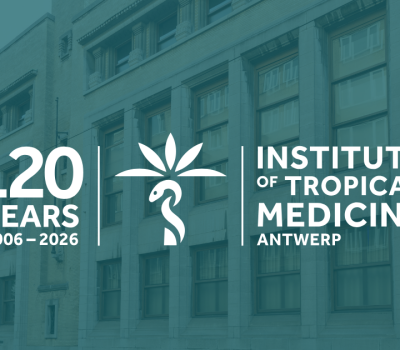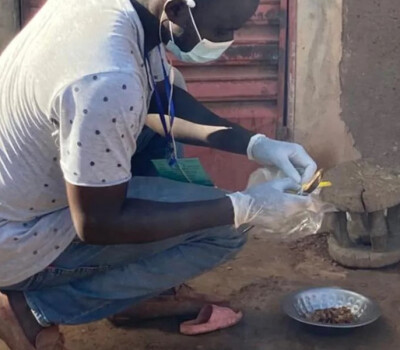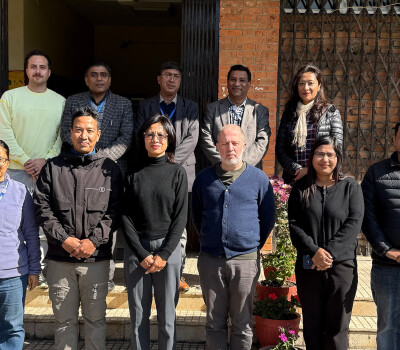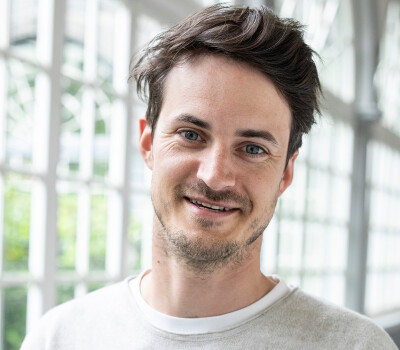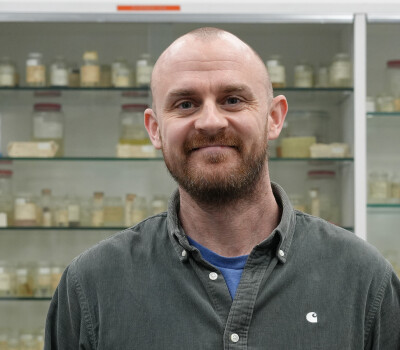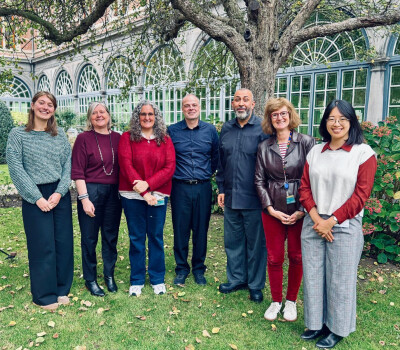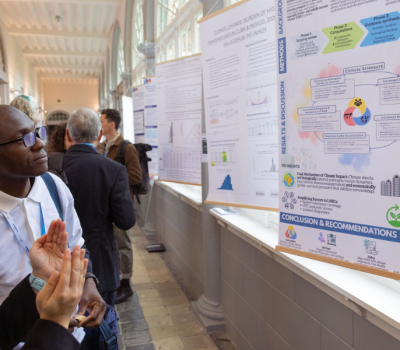Kampenhout malaria research

Field research
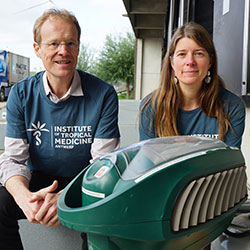
Isra Deblauwe works as a scientist for the MEMO-project, which focuses on monitoring exotic mosquitoes in Belgium. Together with her team, she checked whether the indigenous Anopheles mosquito, which can transmit malaria in laboratory conditions, can be found in Kampenhout. In the couple's garden they placed a mosquito trap that uses a special lure and CO2 to attract mosquitoes. They also went looking for dead and living mosquitoes in the house themselves. That is a meticulous task. Armed with a torch they searched every nook and cranny. In an area of 500 metres around the house they searched for mosquito larvae: "Mosquitoes reproduce in water. We searched a pond in the forest, cattle drinking troughs, tree cavities, rainwater barrels in the local residents' gardens, and sewage wells. In addition to larvae of the common house mosquito and the large ringed mosquito, we also found pupae, one of which turned out to be a native Anopheles". During the search, an adult native Anopheles mosquito was found on a windowsill in the couple's garage. The mosquito was tested for the malaria parasite and was found not to be carrying it. Both Anopheles individuals are now being molecularly identified down to the species level. We discovered that it is not the indigenous Anopheles that can transmit the tropical malaria parasite that infected the flock".
Outbreak Research Team
Her colleague Wim Van Bortel is part of the ITM Outbreak Research Team (ORT), which was set up specifically to study outbreaks in a scientific manner. He works closely with the Flemish Agency for Care and Health: "The techniques we use for this research are the same as those we use to monitor exotic mosquito species in our MEMO project. So we are very well prepared to investigate these kinds of events".
DNA testing in the laboratory
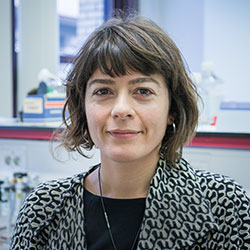
Professor Anna Rosanas is head of the Unit of Malariology. Her team received blood samples from the deceased couple and is now investigating where the malaria parasite (Plasmodium falciparum) that caused the infection came from: "We are examining the DNA and doing a genome analysis. We then compare the genome sequence with sequences in existing databases". That process takes time, but it allows researchers to find out where the the mosquito carrying the parasite came from. "We will also look at the flights that arrived at Zaventem at the presumed time of arrival. We are not yet certain that the mosquito came from Africa, as the malaria parasite in question also occurs in Asia and South America," she adds. The Unit of Malariology is also carrying out research into the drug resistance of the malaria parasite: "We are currently carrying out molecular surveillance abroad, but as we see more indigenous cases, we will have to apply it here as well".
Insectarium

Ruth Müller is responsible for ITM's brand new insectarium, where insects are bred for its studies: "ITM researchers collected a number of mosquito pupae in Kampenhout. We have now grown these into adult mosquitoes in the insectarium. We have to do this to identify them correctly. Malaria only disappeared from our regions in the 1950s, partly due to the draining of swamps and other areas with stagnant water. In the future we will put more emphasis on research into local Anopheles mosquitoes, and we will also breed them in the insectarium. In the insectarium, we can find out if the local mosquitoes can transmit the malaria parasite and how efficiently they do so, including at what time of the year and how quickly it happens".
Spread the word! Share this story on
